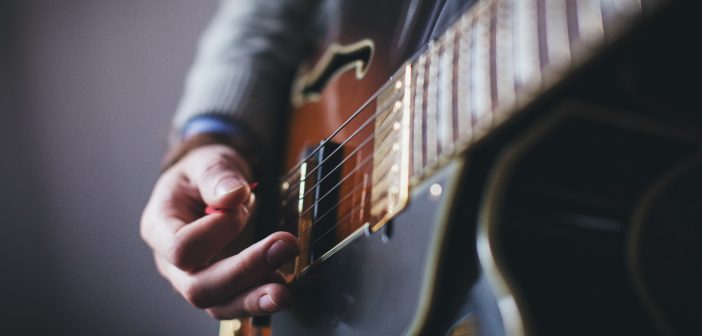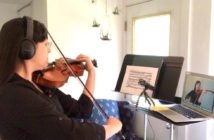Growing up as a child I always fancied those who were masters of specific music instruments. I am talking about the Billy Ray Cyrus and Manu Dibangos of the world. Watching these legends play, one could tell an uncanny harmony existed between their fingers, minds, mouths, and of course the instruments they had at hand. A budding instrumentalist myself, it wasn’t long before I started dabbling between organs and boards in a bid to find my own companion. It has been well over three decades since I began my journey with musical instruments, and here is a list of the top six instruments I believe any newbie should be able to pick a perfect mate from, irrespective of age.
Drums
The drum by my judgement is at the top of my “music instruments for dummies” list. May be it has something to do with my having grown up in a religious home and joining the choir at an early age, but drums are generally very easy to learn how to play. If you have ever nodded to a rhythm or struck your hand against a surface in unison with a beat, which I am sure a majority of us have all done at some point, then you will find drumming very easy. Playing drums with bare hands, such as the Conga drum, studies have shown, also have therapeutic effects which generally go to improve wellness. You do not necessarily have to begin playing a set; there are several types of drums out there to pick from.
Tambourines
Beautiful and simple musical instruments made from wood and calf skin or generally any light material, with jingles, and plastic drawn over the sphere. The Tambourine traces its origin back to the 18th century, and was widely enjoyed in Europe, specifically in France. One doesn’t really have to be much of a genius to know how to play this lovely instrument, striking it in time, often in combination with other music instruments, to create good music.
Xylophones
Though they look like pianos and are essentially played with the same principles, xylophones are much easier and less complicated to learn and play than pianos. They are usually laid out with low sounding bars to the left which increase as you move towards the right. Xylophones are played using mallets, which when struck against a particular section of a wooden bar produces a unique sound. The famous Do Re Mi Fa So La Ti music rhythm is a great way to begin learning xylophone combinations. Once you get a hang of it, you will be amazed at how easily composing will come to you.
Flutes
Back in the days when I started learning how to play the flute, the most common types were made from hollowed woods, and it was quite challenging at the start to move my fingers to produce the desired sound. Nowadays, the holes in flutes are much more sophisticated and easy to use and tune. The range of flutes out there typically have six to 11 holes, which is why I will advice that you begin learning from a six-hole flute and walk your way up. As easy as it is to learn, you will have to practice with a considerable number of songs of varying difficulty level, before you begin composing hits.
Guitars/violins
This two for me are tied. Not because they are similar in shape, but because I genuinely think they are on the same easy-to-learn level. You will want to begin with a non-electric option for both, and just like all the other instruments on this list, there is quiet a significant variety of violins and guitars out there. You might need to try a couple before you find your perfect match. However, as long as your fingers stay agile, irrespective of whether or not you have a bad neck, you should be OK.
Note: Though this is a list of instruments that are easy to learn, the basics still hold true, which is: you will have to practice to improve your skills.




